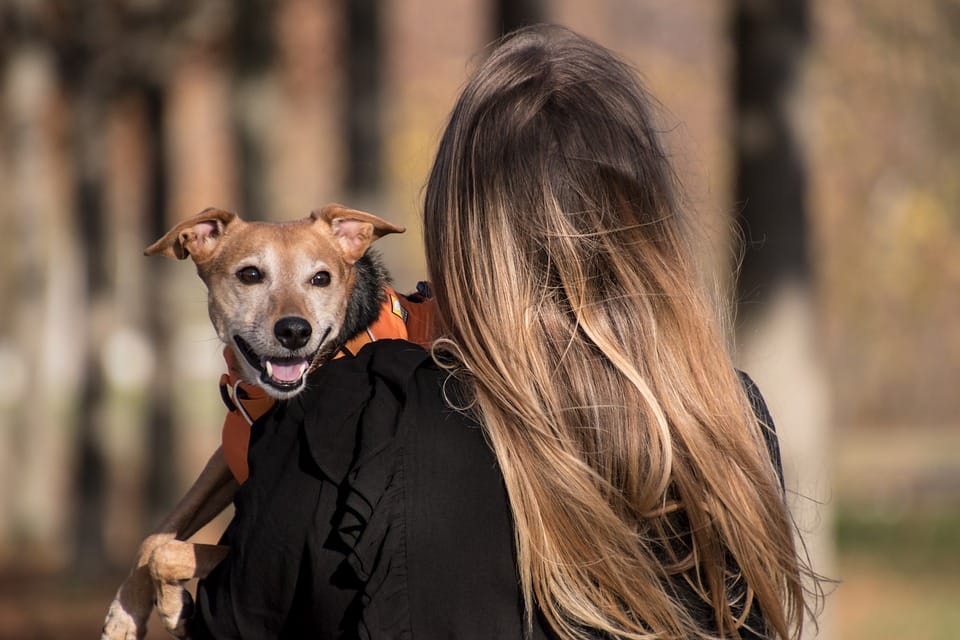Creating a Safe and Enriching Environment for Your Pet: Tips for Pet-Proofing Your Home

Creating a Safe and Enriching Environment for Your Pet: Tips for Pet-Proofing Your Home
As pet owners, one of our primary responsibilities is ensuring that our furry friends are safe and happy in their home environment. Just as we childproof our homes for the safety of our little ones, pet-proofing is essential to prevent accidents and injuries to our four-legged family members. Here are some tips on how to create a safe and enriching environment for your pet.
1. Secure hazardous items: Keep household cleaners, medications, and any toxic substances out of reach of your pet. Store them in cabinets with childproof locks or on high shelves where your pet cannot access them. Similarly, keep small objects like batteries, coins, and rubber bands away from your pet as they pose a choking hazard.
2. Hide electrical cords and outlets: Pets are curious creatures and may chew on electrical cords, leading to serious injuries or even electrocution. Use cord protectors or conceal cords behind furniture to prevent your pet from coming into contact with them. Cover unused outlets with safety caps to prevent your pet from getting shocked.
3. Install pet gates and barriers: To limit your pet’s access to certain areas of your home, use pet gates or barriers to keep them out of hazardous areas like the kitchen, staircase, or rooms with fragile items. This will also prevent your pet from getting into mischief when you are not around to supervise.
4. Choose pet-friendly plants: Some common houseplants are toxic to pets if ingested. Do your research before bringing new plants into your home and opt for pet-safe varieties like spider plants, Boston ferns, or African violets. Place plants out of reach or use hanging planters to keep them away from curious pets.
5. Keep food and garbage secure: Pets are notorious for getting into food that is left unattended. Ensure that all food items are stored in pet-proof containers or cabinets. Keep garbage cans securely closed to prevent your pet from rummaging through them and ingesting something harmful.
6. Provide a designated play area: Create a safe space where your pet can play and exercise without the risk of injury. Set up a designated play area with toys, scratching posts, and climbing structures to keep your pet entertained and engaged. This will also help redirect their energy away from destructive behaviors like chewing on furniture or scratching walls.
7. Supervise interactions with other pets: If you have multiple pets in your home, it is important to supervise their interactions to prevent any aggressive behavior or injury. Introduce new pets slowly and monitor their interactions to ensure that they get along well. Provide separate feeding areas and litter boxes to prevent territorial disputes.
8. Be mindful of temperature: Pets are sensitive to extreme temperatures, so it is essential to keep your home at a comfortable level for them. In the summer, provide plenty of water and a cool area for your pet to relax. In the winter, make sure they have a warm bed and access to shelter from cold drafts.
FAQs
Q: Are there any specific household items I should be aware of that are toxic to pets?
A: Yes, some common household items that are toxic to pets include chocolate, grapes, onions, xylitol (found in sugar-free gum and candy), caffeine, and certain houseplants like lilies, philodendron, and poinsettia. Be sure to keep these items out of reach of your pet at all times.
Q: How can I prevent my pet from chewing on furniture and other household items?
A: Providing your pet with plenty of toys and chew items can help redirect their chewing behavior. You can also use deterrent sprays or bitter-tasting products on furniture to discourage chewing. Consistent training and positive reinforcement can also help teach your pet what is acceptable to chew on.
Q: What should I do if my pet ingests something toxic?
A: If you suspect that your pet has ingested something toxic, contact your veterinarian or an emergency pet poison hotline immediately. Do not try to induce vomiting or give your pet any home remedies without consulting a professional first.
In conclusion, pet-proofing your home is an essential part of responsible pet ownership. By taking the time to create a safe and enriching environment for your pet, you can ensure their well-being and happiness for years to come. By following these tips and being proactive in pet-proofing your home, you can provide a secure and loving environment for your furry friend.









